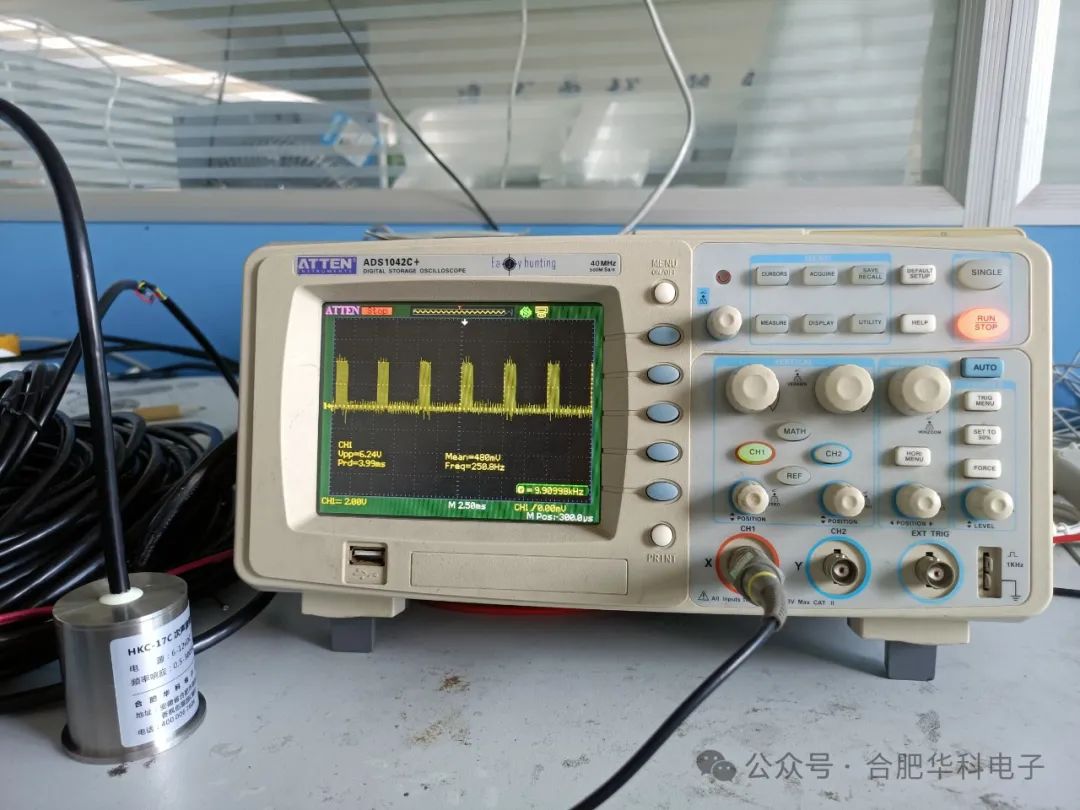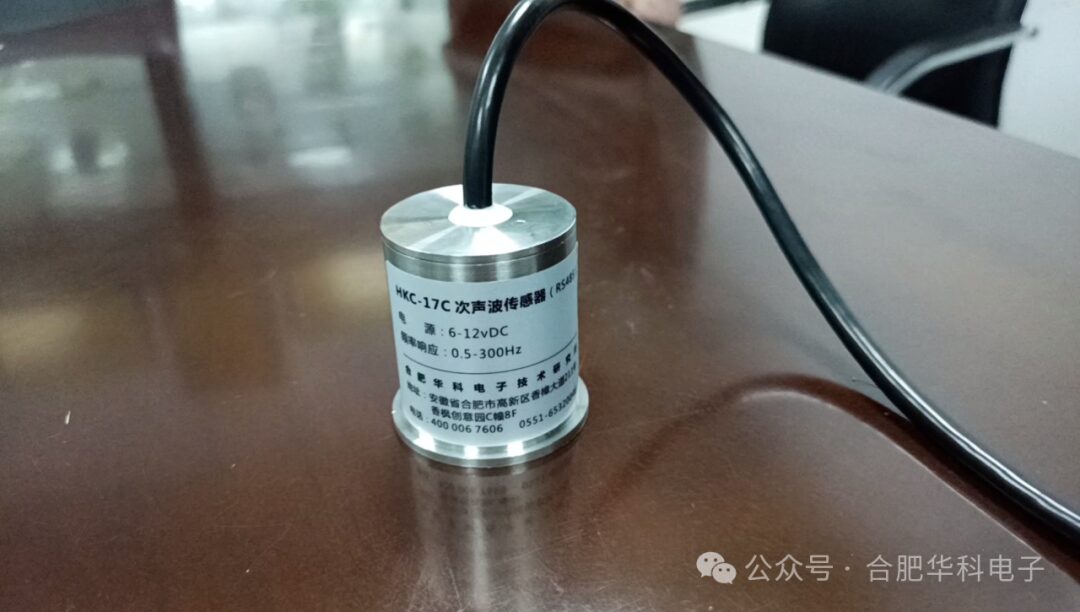Hello everyone, today we will discuss the principles of RS485 communication, why matching resistors need to be added when the communication line is long, how to add them, how to adjust the value of the matching resistors, their impact on the output waveform, and why matching resistors should be added at both ends, among other questions. I believe that through this article, everyone will gain a deeper understanding of RS485 communication.
When customers use the infrasound sensors produced by our company, they encounter some issues when extending the 485 communication line. Therefore, it is necessary to provide a detailed explanation of RS485 communication.
1. Principles of RS485 Communication
RS485 communication is like two people making a phone call. When one party wants to send a message, it outputs an alternating signal differentially on the JAB line, using positive and negative voltages to represent 0 and 1. Typically, the output voltage amplitude is within a certain range, with 0 usually represented by negative voltage and 1 by positive voltage. This differential signal transmission method has strong anti-interference capability, enabling stable data transmission over long distances and in harsh environments.
2. RS485 Communication Standards
RS485 specifies the electrical characteristics of the communication interface, including signal levels and transmission rates. These standards ensure reliable communication between different devices.
3. Why Matching Resistors Are Needed for Long Lines
When the RS485 communication line is extended, the impedance of the communication line itself increases, and the signal’s anti-interference ability decreases. This is similar to a long water pipe; when water flows through it, it encounters resistance. If the pipe is too long, the resistance becomes significant, reducing the water flow. Similarly, when the communication line is too long, the signal experiences considerable attenuation during transmission, leading to unstable communication or even failure.
To solve this problem, we need to add matching resistors at both ends of the communication line. The actual meaning of matching resistors is to convert the voltage signal transmitted in the line into a current signal, thereby enhancing anti-interference capability. The reason for adding matching resistors at both ends is that the signal needs to communicate bidirectionally. The communication line itself has a resistance value; the longer the line, the larger this resistance value becomes. When one end sends a signal through the signal line to the other end, it generates a voltage drop across the resistance of the cable and the matching resistor at the other end, resulting in a decreased differential signal voltage at the matching resistor on the other end. Therefore, the longer the line, the larger the matching resistor needs to be adjusted to ensure the signal amplitude at the receiving end.
4. How to Add Matching Resistors
The method for adding matching resistors is straightforward; just connect a matching resistor at each end of the RS485 communication line. The resistance value of the matching resistor is generally 120 ohms, but the specific value needs to be adjusted based on actual conditions.
When adding matching resistors, the following points need to be noted:
1. Matching resistors must be connected at both ends of the communication line, not in the middle.
2. The resistance value of the matching resistor must match the impedance of the communication line; otherwise, it will affect communication effectiveness.
3. The power rating of the matching resistor must be sufficiently high; otherwise, it may be damaged due to overheating.
5. How to Adjust the Size of Matching Resistors
The size of the matching resistor can be adjusted using the following methods:
1. Adjust based on the length and impedance of the communication line. Generally, the longer the communication line, the larger the impedance, and the larger the required matching resistor value.
2. Adjust based on the communication speed. The faster the communication speed, the smaller the required matching resistor value.
3. Adjust based on the communication environment. If the communication environment is harsh and has significant interference, a larger matching resistor value is needed.
It should be noted that the size of the matching resistor cannot be adjusted arbitrarily; it must be reasonably selected and adjusted based on actual conditions. Otherwise, it may lead to unstable communication or even failure.
6. The Impact of Matching Resistors on Output Waveforms
The size of the matching resistor will have a certain impact on the output waveform. If the resistance value of the matching resistor is too large, it will slow down the rise and fall times of the signal, affecting the communication speed and stability. If the resistance value is too small, it will cause overshoot and ringing phenomena, thus affecting communication quality.
Therefore, when selecting and adjusting the size of the matching resistor, it is necessary to consider factors such as communication speed, stability, and quality comprehensively, choosing an appropriate resistance value to ensure normal communication.
7. Observing Communication Conditions with an Oscilloscope
Usually, when solving practical problems with RS485 communication lines, we can use an oscilloscope to observe the waveforms between the two communication lines. On one hand, we check the stability of the waveforms; on the other hand, we check whether the output amplitude of the waveforms meets the requirements. By observing the waveforms at both ends of the communication with an oscilloscope, we can easily identify the cause of communication anomalies.


In summary, RS485 communication is a very important communication method, with advantages such as long transmission distances and strong anti-interference capabilities. However, when using RS485 communication, it is necessary to pay attention to issues such as line length and impedance matching to ensure stable and reliable communication. I hope this article’s introduction can be helpful to everyone.
